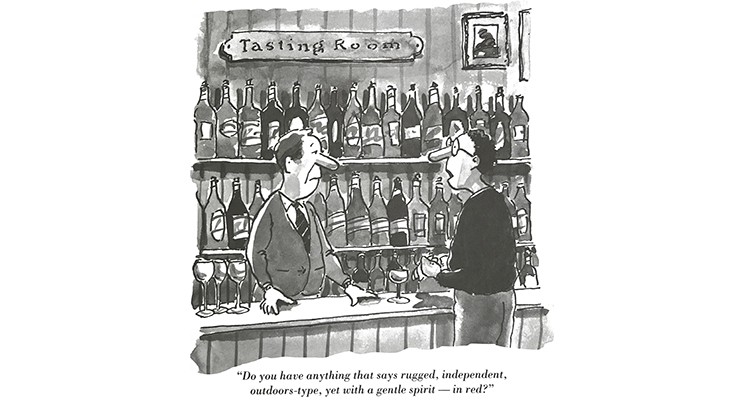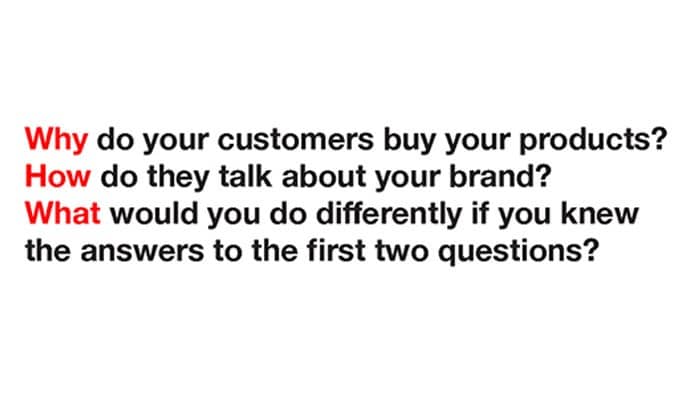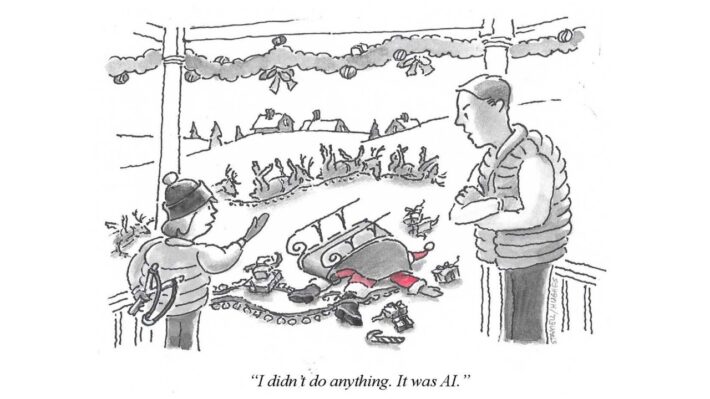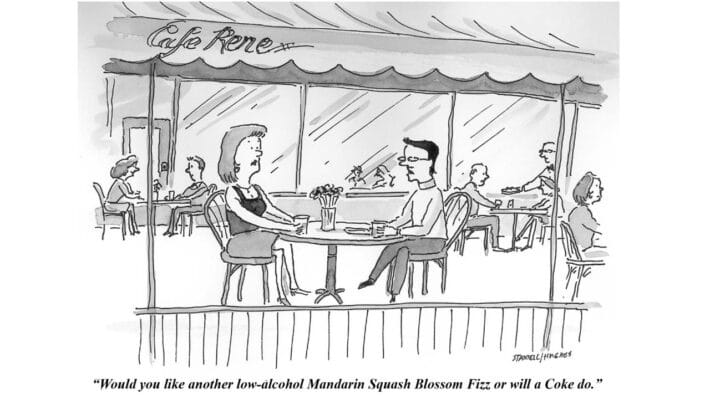How to promote wine during the pandemic

I was talking to an exec from one of the largest wine importers in the country the other day about how the pandemic has thrown the wine industry off its game. There are more sommeliers out of work now than there are staffing restaurants. Most wine retail takes place at curbside pickup or delivery. Tasting events, winery tasting rooms, conferences and classes are dead and aren’t coming back anytime soon. While consumers are buying and drinking, they’re not learning, exploring or discovering the diversity of wine.
Yes, there are plenty of Instagram live seminars and tasting sessions. Zoom has become an additional room in most of our homes but how many hours can we stare at our computers and get a high level of enjoyment and learning from people on the other side of the screen?
The big winner in this period has been online ordering with Wine.com wearing the champion’s belt. In addition to their regular buyers, they have attracted shoppers who, in the past, may have visited a bar or restaurant at the end of the day but are now drinking at home. Online provides a sales outlet for thousands of wineries but without the promotional activity of the past, many direct-to-consumer programs and foreign winery imports are languishing.
Many wineries have turned to social media but expectations are rarely met as engagement rates typically run extraordinarily low relative to likes. While there is some value in social media, it is not a panacea and can’t provide much of a return on your investment. It doesn’t inform you about what your followers are interested in (hence low engagement); It doesn’t provide you with your followers’ email addresses because social media companies want to keep you inside their systems. So, without knowing what your audience is thinking or an ability to reach out to different segments, what’s a winery to do?
The pandemic has caused a large increase in email, estimated at 30%+, so the competition for engagement in wine related emails has grown by nearly a third. We’ve noticed three types of emails from wine producers: (1) transactional – they’re all about sales; (2) arcane – how about a couple hundred words about our root stock; (3) hodge podge – let’s throw in an article about everything related to us and a subject line to match.
Some work, some don’t. It’s hit or miss and personalization only has a small impact because everyone does it now. So what’s missing?
Relevancy.
If you can’t stay relevant to your customers’ interests, you’re not going to sell. How do you become and stay relevant? Ask them what they’re interested in, what they’re experiencing and what frustrates them? Yes, we all have specific interests when it comes to wine. Some consumers may be interested in food pairing, others in travel (when it returns) or learning about the grapes or regions, and they should all receive emails with subject lines and content that are specific to their interests. General emails are a waste of time and money as there is no such thing as a general consumer.
At Oomiji, we ask our clients’ customers what they’re interested in and then, we keep asking and responding with content that is of interest to them. With many, we know what influences them to buy or frustrates them about wine. We often know where they shop and how much they buy and we use that information to educate, promote and market on behalf of our clients. As a result, we have winery clients engaging 100,000 or more people. We have a software platform that makes it easy. There are other systems that may do something similar. Although, we believe in ours because we can build out customer personas so you can learn and remain relevant to the people buying your wine.
If you’d like to know more, discuss the challenges you’re facing or see how Oomiji works, let’s set up a demo so you can see for yourself.



